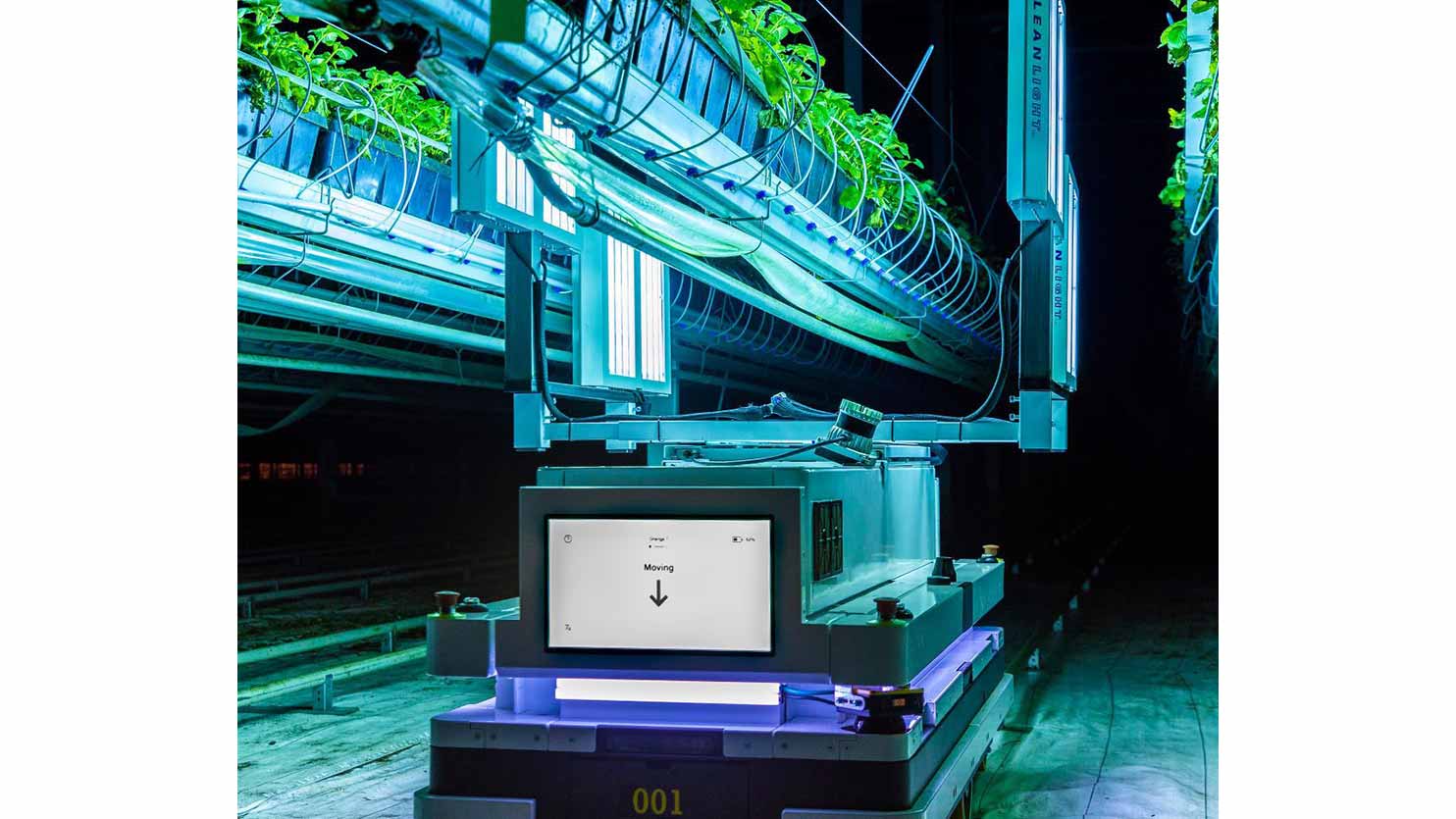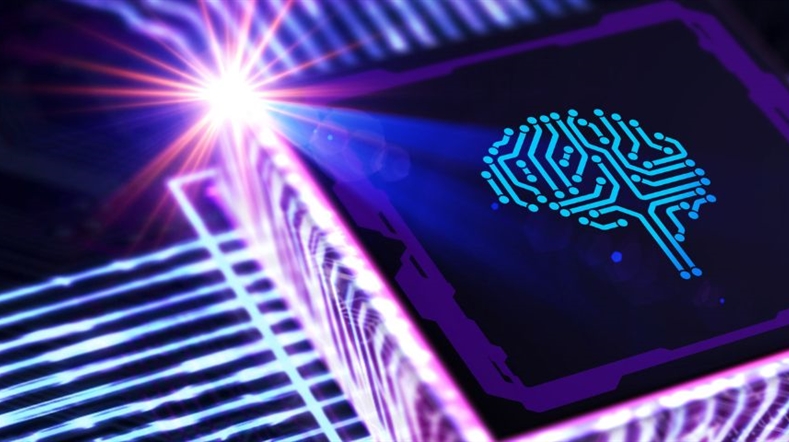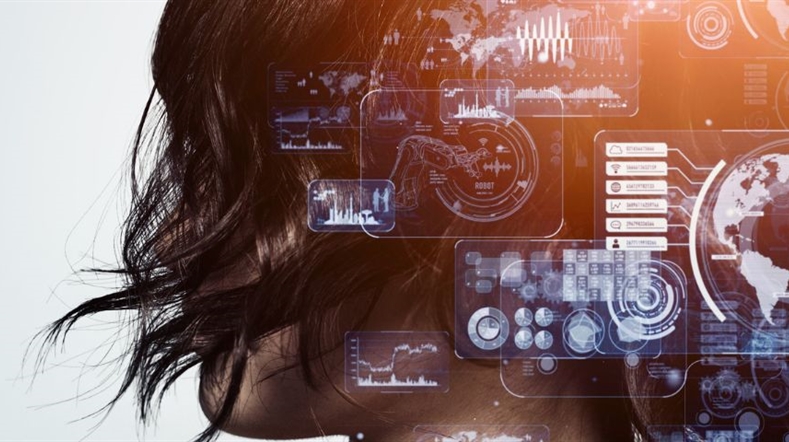
System integration for robots in greenhouses
Robots in a greenhouse are like humans. Not only are their tasks diverse and their environment at times unpredictable, but also for robots good communication is needed for proper cooperation. Together with its partners TNO is working on a semantic explanation and navigation system (SENS), enhancing communication and thus information exchange between robot and operator.
Human-robot collaboration improves greenhouses
Worldwide, greenhouses produce enormous amounts of food per unit of area under controlled conditions. These greenhouses rely heavily on human labour and with increasing greenhouse dimensions and stricter production requirements, the number of repetitive tasks that need to be carried out increases.
The current practice is that for several specific tasks a robot is being developed. These (semi-)autonomous robots are working simultaneously with humans and, ultimately, with other robots. To ensure a safe environment within the greenhouse as well as efficient operation meaningful communication between robots and humans is key.

Uniform language of speech
Needless to say that using the same language between robot manufacturers facilitates the effectiveness of communication and further development and innovation of technologies. This also holds for robots in a greenhouse.
For this reason the Common Greenhouse Ontology (CGO) is being developed, which will also be the communication standard for the semantic explanation and navigation system (SENS). In practice this means that CGO will be used for all communication between SENS and the robots in the greenhouse.
SENS is generic, robot brand independent. A onetime conversion of a new robot’s language to CGO enables communication with SENS as well as all other robots for which a CGO conversion is available.
Reasoning over unexpected situations
Greenhouse robots are equipped with sensors and cameras that are used for navigation and performing their specific task. By adding additional, manufacturer-independent functionality, the information gathered by the robot can be used to enhance its communication. Sending the message “Robot stopped, unidentified object”, is the status quo.
To push the state of the art, we improve upon that with advanced context-specific object detection and reasoning. For object detection and anomaly detection, we integrate modules previously developed in the Appl.AI flagship SNOW (for safe autonomous systems in the real world) showcasing how knowledge from one domain can successfully carry over to another.
Identifying an object, its status and reasoning over whether a situation needs operator intervention or can be solved independently is what we are working on. For reasoning, we incorporate knowledge of the greenhouse as represented via the CGO.
In this way the robot can decide what additional information to give to the operator about the context and whether the nature of the message is informative or critical. In the former case the operator can focus on other tasks. In the latter case their attention is really needed and therefore time well spent. This reduces downtime of the robot and results in more reliable and safe operations in the greenhouse.
Setting the standard for shared data
Based on these developments the step to shared data systems between different robot systems becomes much smaller. Additionally fleet management for a fleet of robots of different brands and with different tasks comes within reach.
This is beneficial for both robot manufacturers and the greenhouse owner who will have more freedom to work with the systems of their preference. Furthermore, having a standard for data models and transparent, open methods of sharing data leads to more innovation in this sector and both developers and users combining and pivoting new solutions and technologies.
Get inspired
AutoAdapt: Self-adaptive machine learning to propel us into the future


Developing moral models for AI systems



